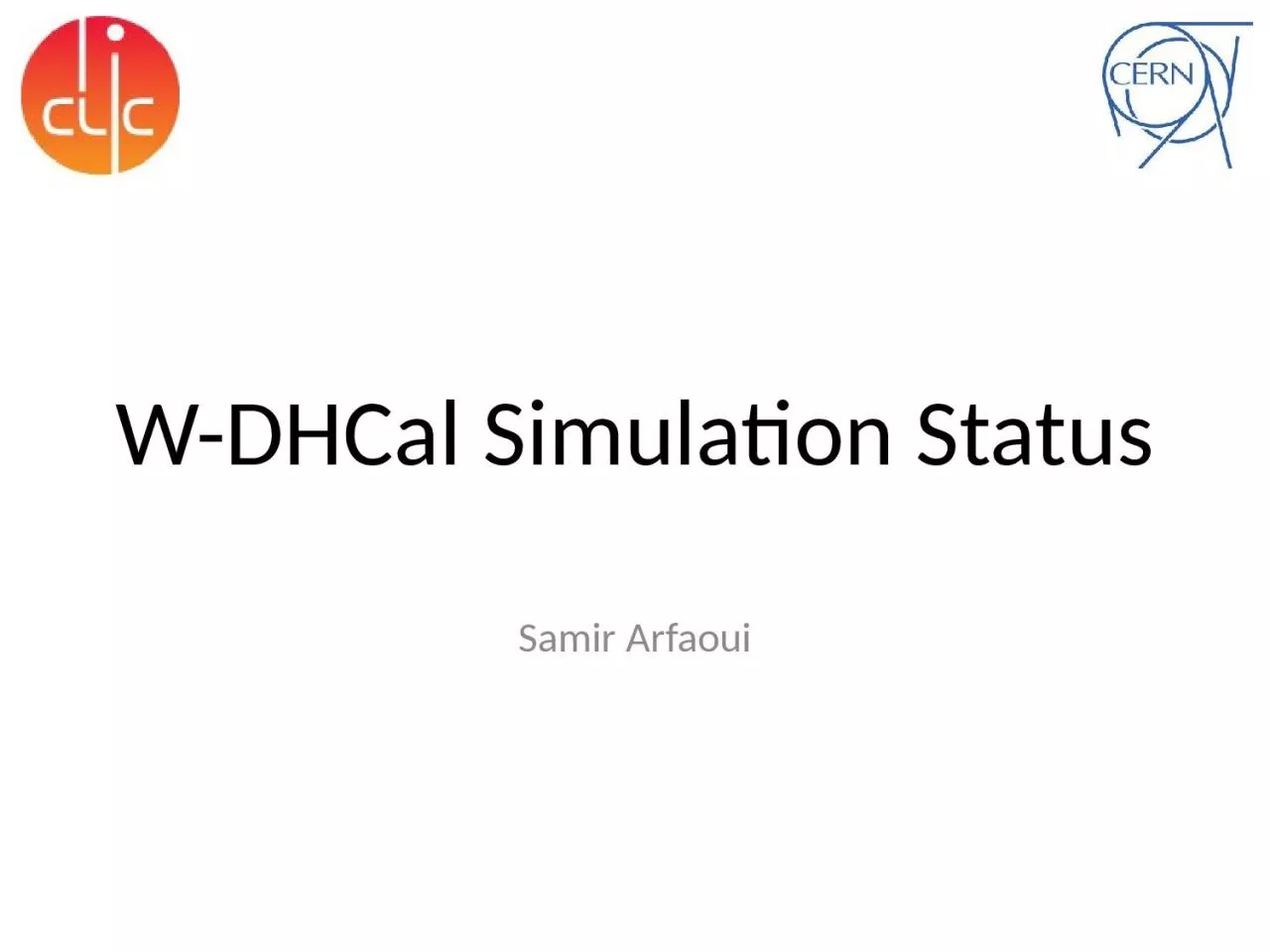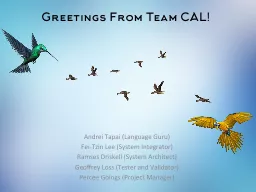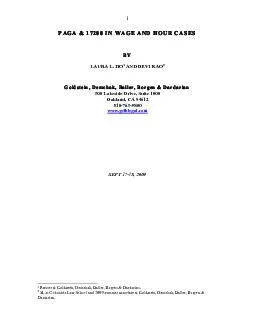PPT-W-D H Cal Simulation Status
Author : taylor | Published Date : 2023-07-08
Samir Arfaoui Digitisation parameters 14 March 2013 2 6 main parameters charge distribution slope1 00678 charge distribution slope2 0671 ratio of contribution
Presentation Embed Code
Download Presentation
Download Presentation The PPT/PDF document "W-D H Cal Simulation Status" is the property of its rightful owner. Permission is granted to download and print the materials on this website for personal, non-commercial use only, and to display it on your personal computer provided you do not modify the materials and that you retain all copyright notices contained in the materials. By downloading content from our website, you accept the terms of this agreement.
W-D H Cal Simulation Status: Transcript
Download Rules Of Document
"W-D H Cal Simulation Status"The content belongs to its owner. You may download and print it for personal use, without modification, and keep all copyright notices. By downloading, you agree to these terms.
Related Documents














